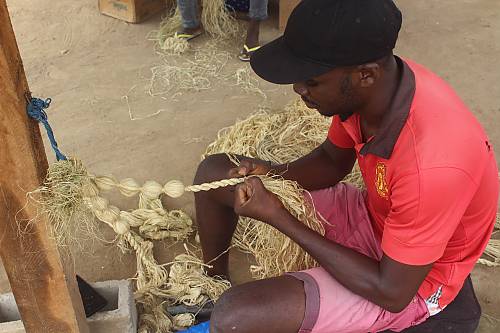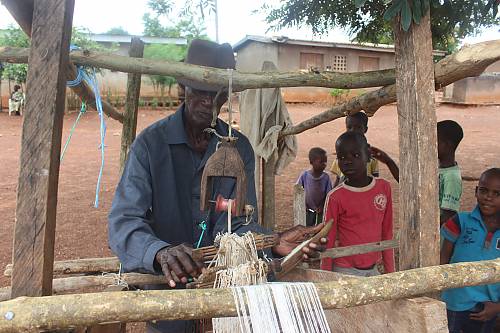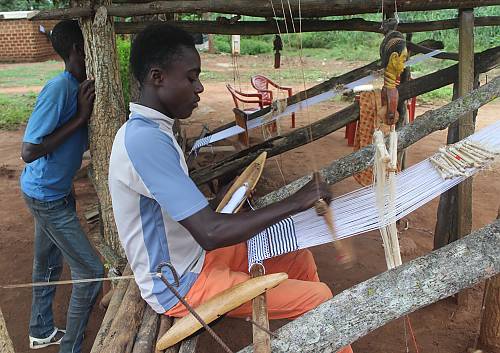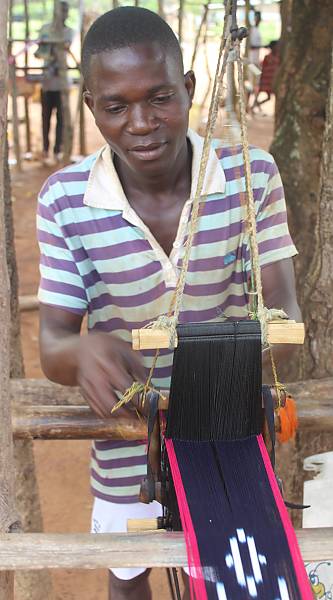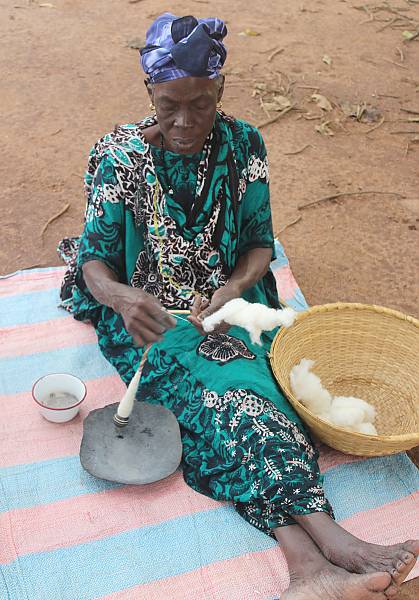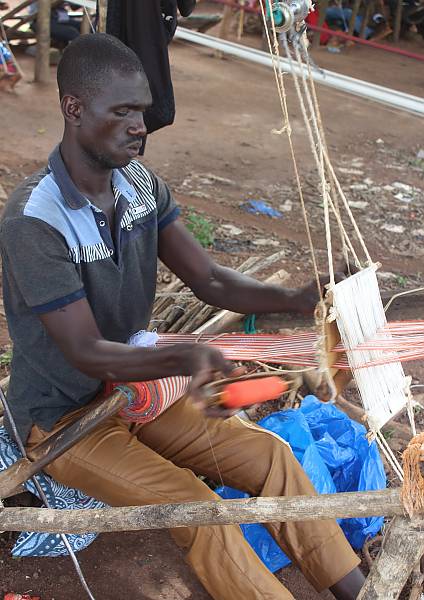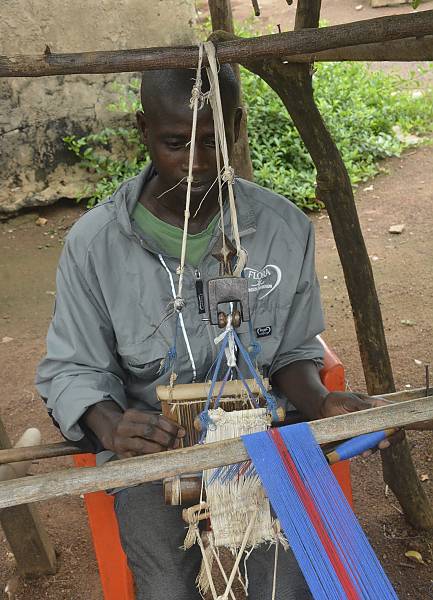Traditional skills of loincloth weaving in Côte d’Ivoire
Inscribed in 2023 (18.COM) on the Representative List of the Intangible Cultural Heritage of Humanity

In Côte d’Ivoire, the traditional skills of loincloth weaving are characterised by the specific weaving techniques and raw materials used. The fabrics woven by the Gouro, Baoule, Malinke, Senufo, Koulango, Nafana and Abron communities are made from dyed cotton threads of various colours. They are woven in narrow strips on a hand loom designed by the weaver. The strips are then joined together to form a fabric with different patterns. The traditional skills are specific to each ethno-linguistic group and reflect the social and cultural contexts of each community. For instance, among the Dida communities, the textiles are made from raffia fibres attached to a wooden stake and woven crossways using a spoon. The resulting fabric is usually beige in colour but can be dyed other colours, such as black, indigo, red and yellow. Among the Senufo communities, women weave the unbleached cotton by hand, and men decorate the fabric with wooden spatulas and natural paints. The patterns are inspired by rituals and religious ceremonies representing elements of Senufo cosmology and symbolic animals, including the hornbill, panther and turtle. These woven fabrics are cultural symbols that are generally used for traditional ceremonies such as weddings, celebrations and funerals.

